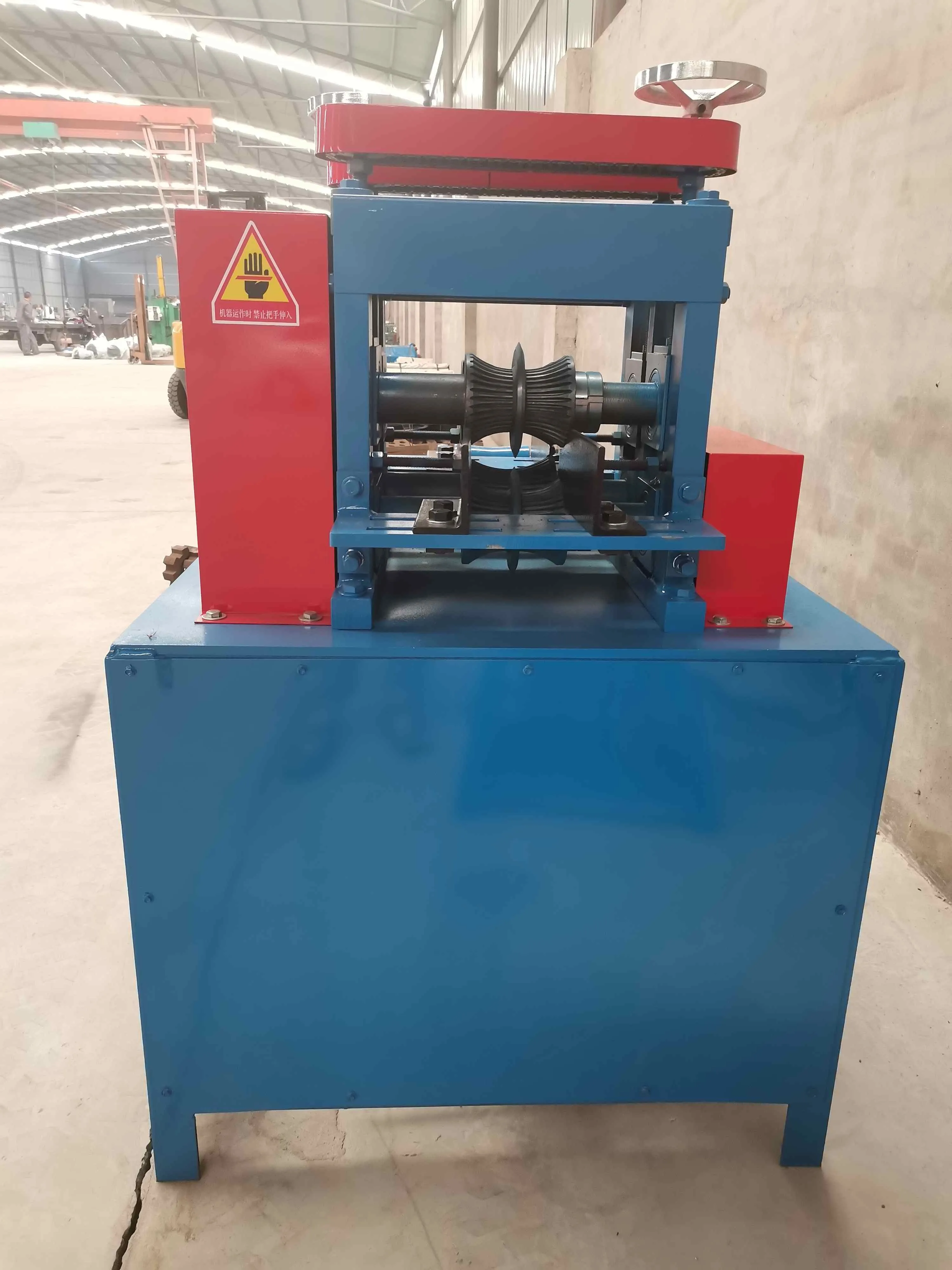
9 月 . 13, 2024 12:10 Back to list
How to Dispose of Printers Responsibly
When it comes to disposing of old printers, many people find themselves at a loss. As technology advances, it’s common to upgrade to newer models, leaving outdated printers behind. However, disposing of printers properly is essential for both environmental sustainability and compliance with regulations. Here’s a guide to help you dispose of your printer responsibly.
1. Assess the Printer’s Condition
Before making a decision on disposal, assess the condition of your printer. If it is still functional, consider donating it to schools, non-profits, or community centers that may benefit from additional printing capabilities. Many organizations welcome working printers, and this option prevents unnecessary waste while helping those in need.
2. Recycle the Printer
If your printer is beyond repair or not worth donating, recycling is the best option. Most printers contain materials that can be recycled, including metal, plastic, and electronic components. Check if your local recycling center accepts electronics. Many cities have designated e-waste recycling events or permanent drop-off locations specifically for electronic devices.
When recycling your printer, ensure that you remove any ink cartridges; many manufacturers have take-back programs for these cartridges. After removing the cartridges, don’t forget to check if your printer has specialized components that require separate recycling processes.
3. Manufacturer Take-Back Programs

Many printer manufacturers have established take-back programs to facilitate the safe disposal of their products. Companies like HP, Canon, and Epson offer options for returning old printers for recycling or safe disposal. Check the manufacturer’s website for specific return instructions, shipping options, and details about recycling initiatives. Participating in these programs helps to reduce landfill waste and ensures that components are disposed of in an environmentally friendly manner.
4. Data Security
If your printer has a hard drive or solid-state drive (SSD), it’s essential to wipe any data before disposal. Some printers may store sensitive information, especially if they were used in a business setting. Check the printer's manual for instructions on how to erase any saved data. As an added precaution, consider physically removing the drive and destroying it or using software to wipe it clean.
5. Local Regulations and Guidelines
Be aware of local regulations concerning electronic waste disposal. Some areas have laws prohibiting the disposal of printers and other electronic devices in regular trash. Understanding and adhering to these regulations can help you avoid fines and ensure that you’re disposing of your printer in a lawful manner.
Conclusion
Disposing of a printer may seem like a simple task, but it comes with responsibilities. Whether it’s donating a working unit, recycling components, or ensuring data security, taking the time to dispose of your printer responsibly is vital. By following these steps, you can contribute to a more sustainable future, reduce electronic waste, and protect the environment. Remember that every small action adds up, and being mindful of how we dispose of technology can make a significant difference in reducing our ecological footprint.
Latest news
Unveiling the Power of Eddy Current Separator
NewsSep.25,2024
Transform Your Home Recyclin:home metal shredder
NewsSep.25,2024
The Future of Waste Management with Recycling Line Picker
NewsSep.25,2024
The Benefits of a Metal Recycling Plant
NewsSep.25,2024
Revolutionize Material Separation with Onwang Technology
NewsSep.25,2024
Innovative Waste Management: Unveiling the MSW Sorting Plant
NewsSep.25,2024